Rice noodle village busy in run up to Tet
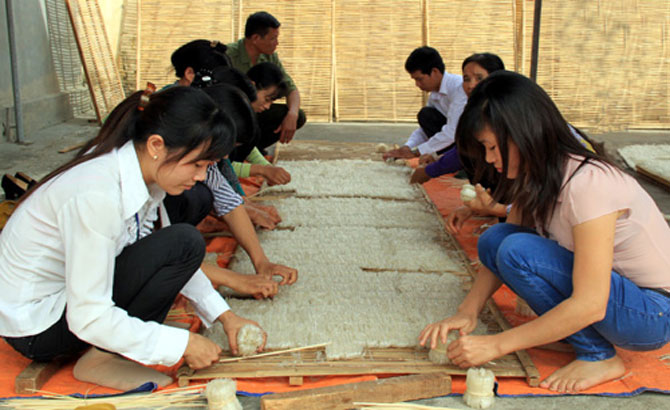 |
|
Making rice noodles for the traditional Lunar New Year (Tet). |
Though it was quite early when I arrived, Nguyen Thi Dung and her husband in Phu My 2 residential area had nearly finished cutting the noodles. Her husband was quickly putting the rice noodle sheets into the cutting machine, while Dung was taking the strips out and arranging them neatly on the wattles. The working atmosphere was very busy. After about 15 minutes or 20 minutes the rice noodle wattles were put in place. “This job is always non-stop”, Dung said.
According to Dung, there are dozens of stages to make rice noodles, from selecting rice, soaking, incubating, rinsing, drying to packaging. Normally, it takes two days to make each batch of rice noodles. The rice must be bought in the morning, soaked by late afternoon or midnight, and is ground from dawn of the next day. In the past, it took a lot of time to make rice flour using a mortar. But now the time has been shortened thanks to the grinder. After grinding are soaking, rinsing and drying stages. Drying is the most time-consuming step. The flour is dried outdoors, so if it dries quickly or not depends on the weather. “Perhaps no other job needs such a good understanding of the weather”, Dung said, adding that on sunny days, the exposure lasts about three hours. The next step is softening the flour using water mixed with lard. The flour will be incubated for two hours and cut into smaller parts, and then dried, bundled and packaged.
| The rice noodle making craft in Dinh Ke ward generates stable jobs for more than 2,000 local labourers with a daily average income of 180,000-200,000 VND per person.
Mr. Luong Xuan Thang, Vice Chairman of the People’s Committee of Dinh Ke ward |
Previously, Dung’s family depended on several acres of farmland to earn a living. Life was difficult due to inactive irrigation and low productivity. However, since starting to make rice noodles, the family’s economic conditions have remarkably improved, with customers coming to the house to buy products. Each day on average, the couple makes about 80-180kg of rice, earning 300,000-400,000 VND. Before the Tet holidays, the couple makes up to 300-400kg of rice to meet the surging demand. The remaining water and rice flour are used for pig breeding.
Half of 175 households in Phu My 2 residential area are now producing rice noodles. Like Dung’s family, most of the households have stable income. The families of Mr. Nguyen Van Tinh, Nguyen Van Huy, and Nguyen Van Hai are typical examples. Each labourer has an average income of 200,000-250,000 VND per day. With four employees and equipment, the family of Nguyen Thanh Tu has a daily income of over 1 million VND. According to Tu, making rice noodles is busy but takes advantage of available labourers. Due to the higher demand before Tet, his family’s children work together to make rice noodles.
Mr. Nguyen Cong Doan, Secretary of the Party Cell of Phu My 2 residential area said the output of rice noodles at the end of the year always soars. The village produces just five tonnes of rice on normal days and nearly eight tonnes before the Tet holidays, but it still isn’t enough to serve customers.
Along with the income from rice noodle making, families in Phu My 2 residential area make use of by-products for animal husbandry to have additional annual average income of 50-60 million VND. Rice noodle making also helps promote other services such as rice trading, goods and fuel transport, thus improving the living conditions of local people.
Thanh Hai
 Bắc Ninh
Bắc Ninh

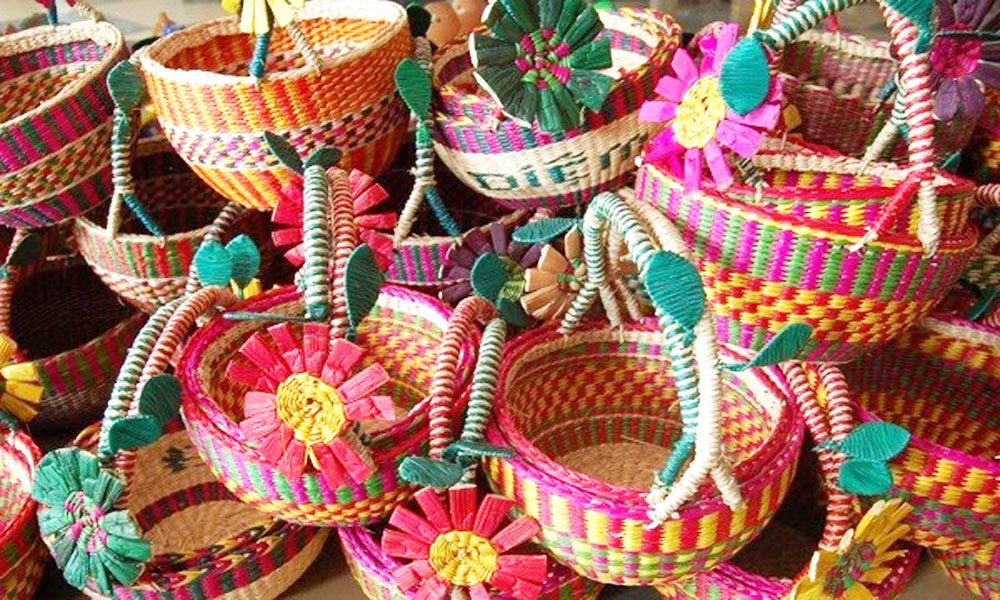

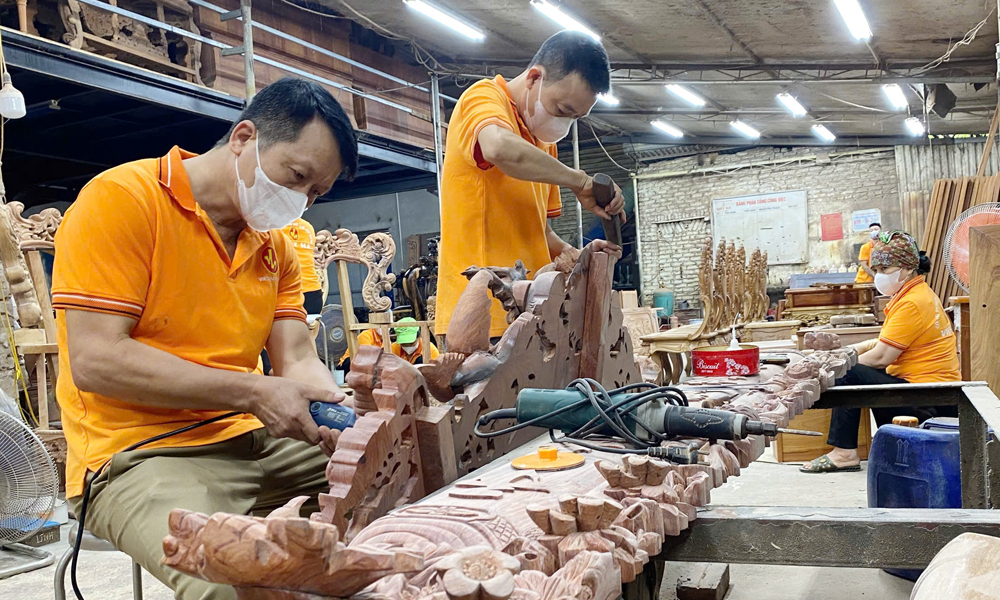

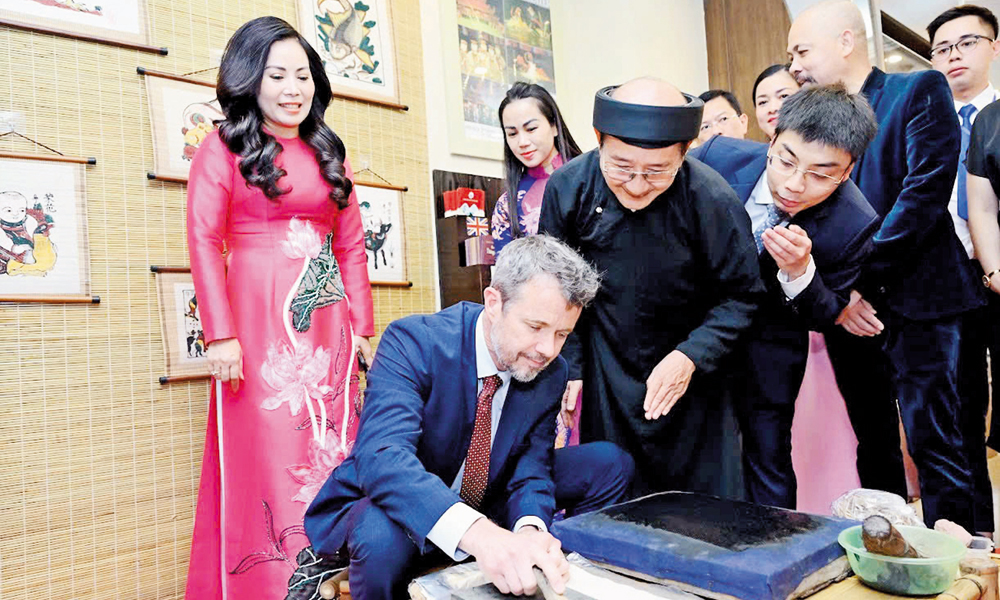
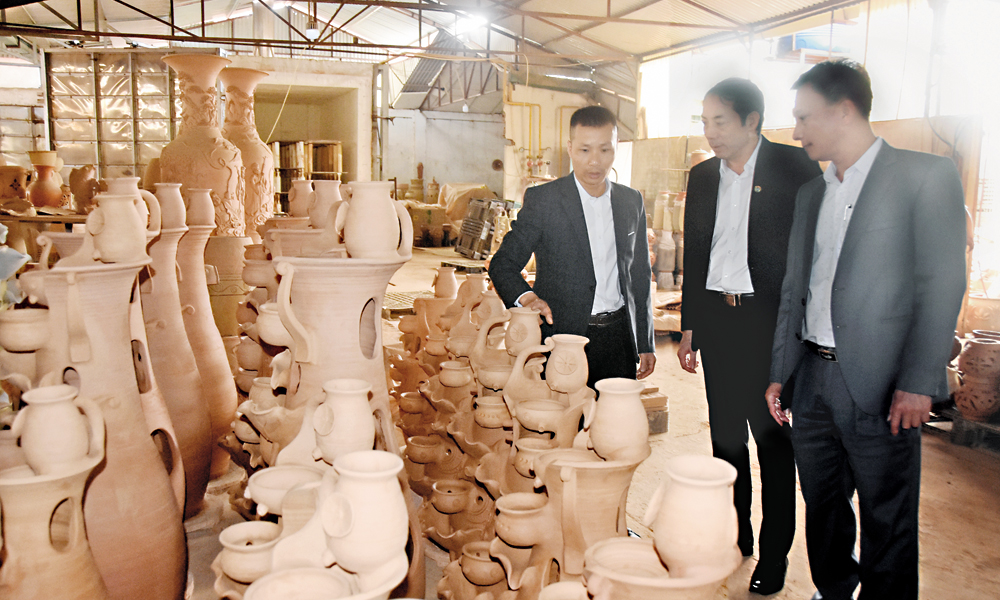

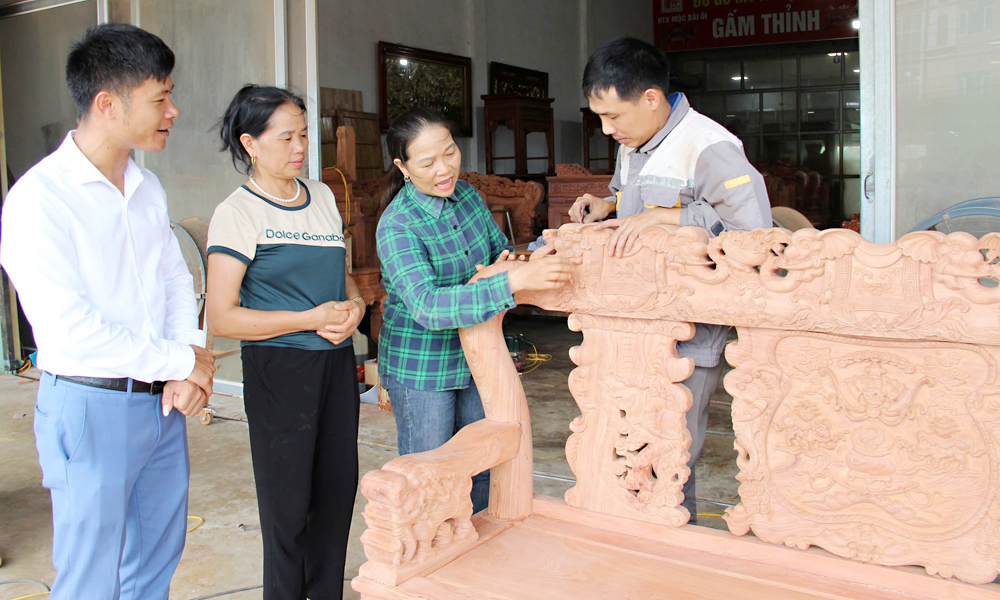
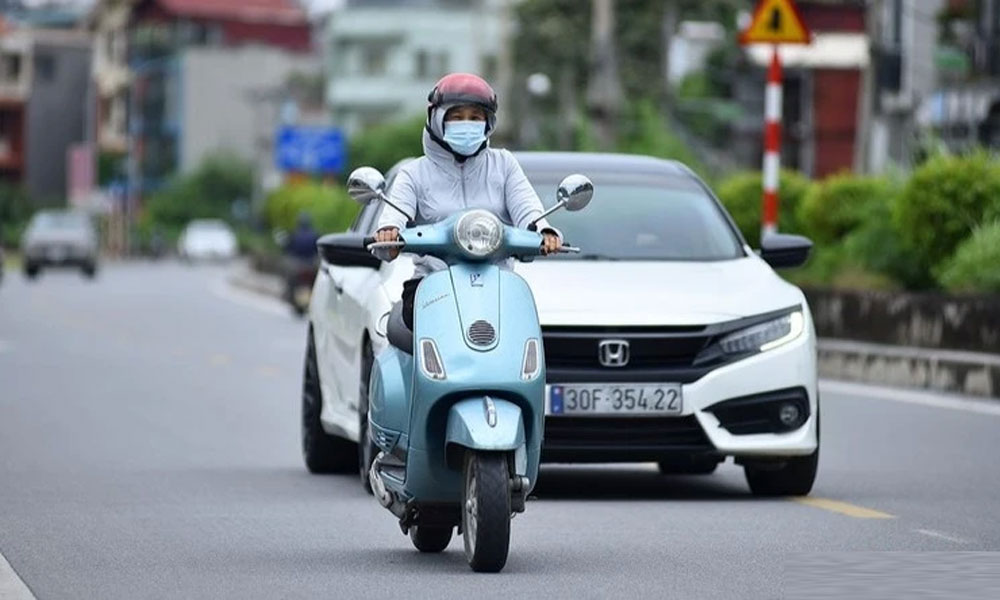
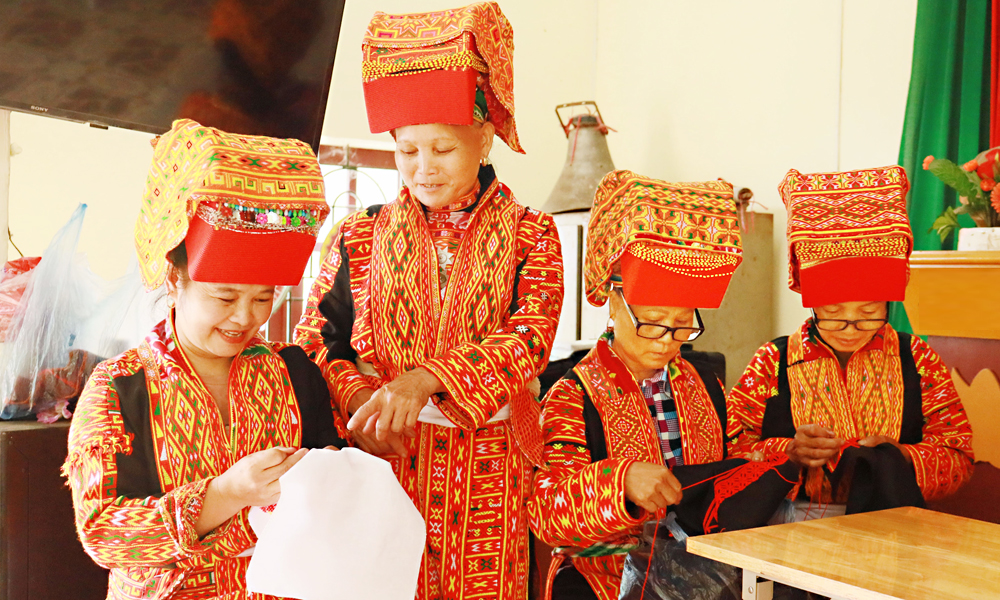
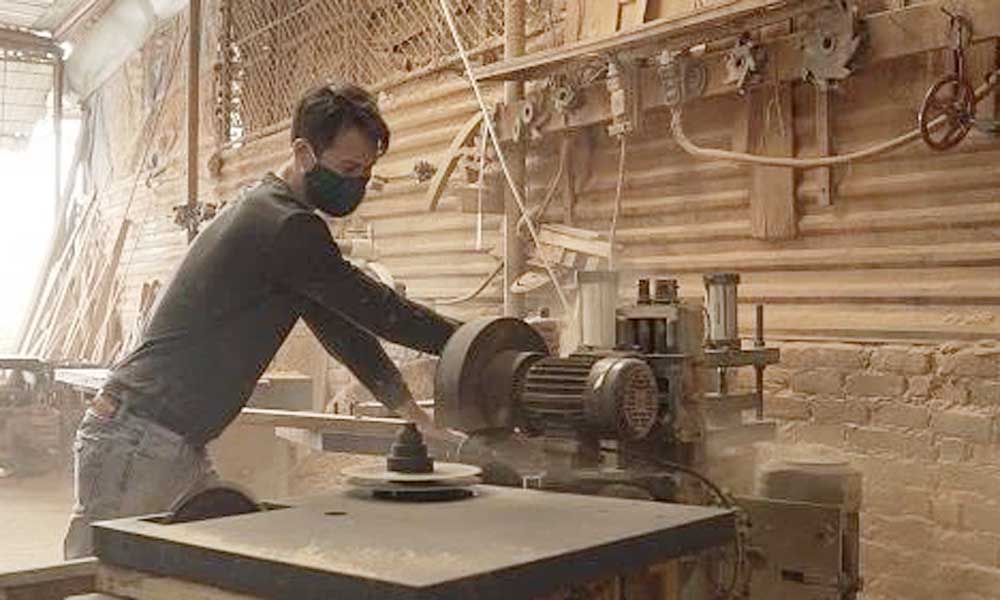
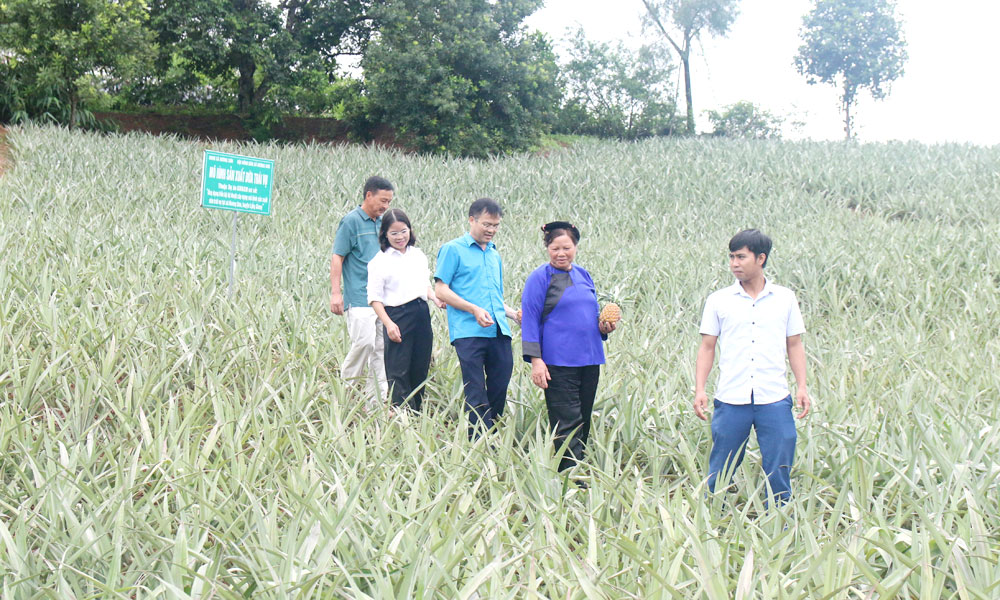
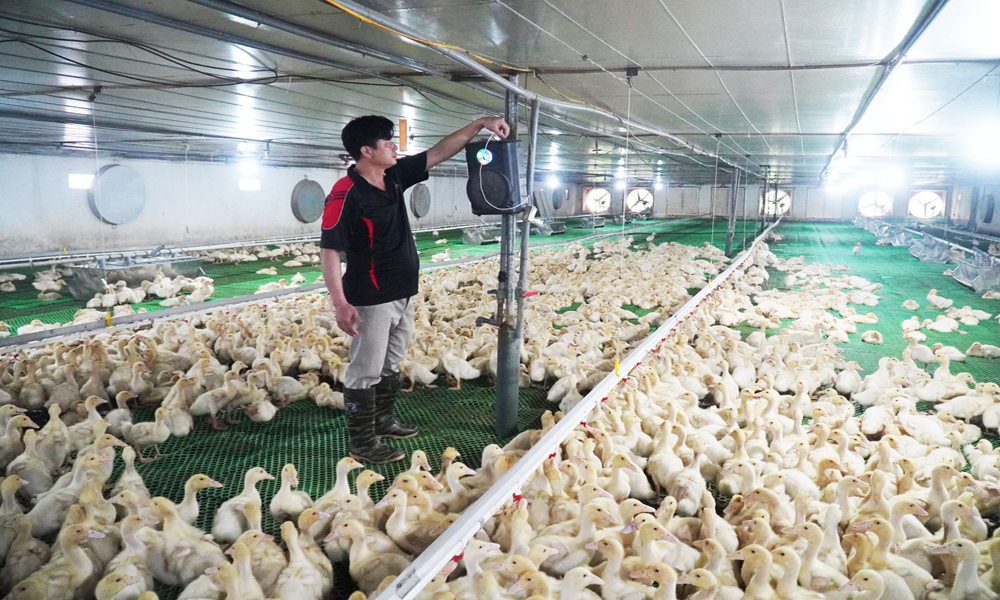

Reader's comments (0)